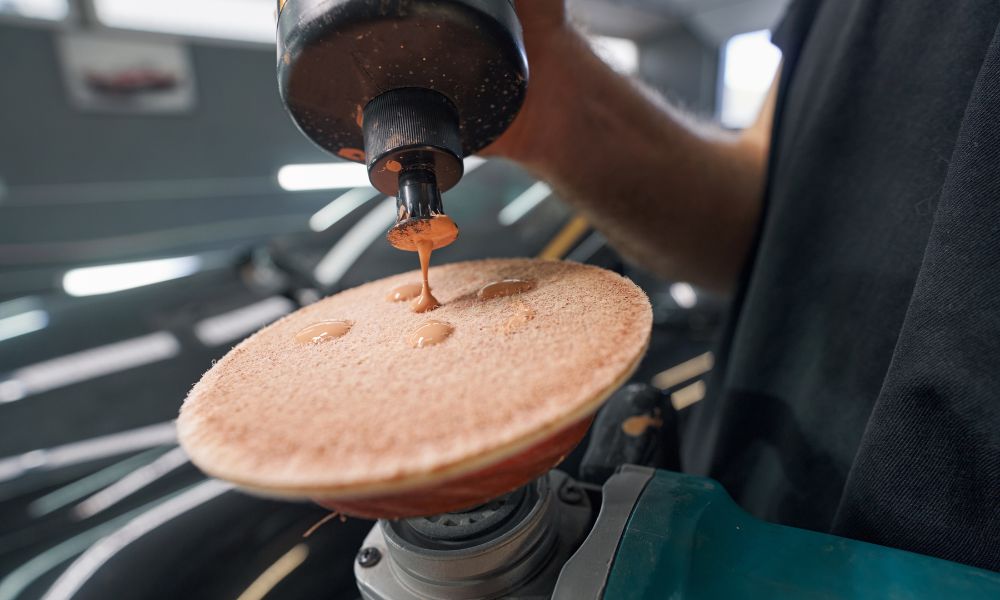When detailing a car, two products stand out for their ability to bring out a vehicle’s shine: rubbing and polishing compounds. Both are essential items in any auto dealership’s arsenal, serving distinct purposes that can help create a flawless finish. Understanding the difference between rubbing and polishing compounds can impact the quality of your service and the satisfaction of your customers. Let’s dive into what makes these important car cleaning products so important and unique.
What Is a Rubbing Compound?
A rubbing compound is a gritty substance that levels the paint on a car’s surface. Think of it as fine sandpaper in a paste form designed to remove the outermost layer of paint. Rubbing compound comes in handy when dealing with scratches, oxidation, and other surface defects that affect the outer layer of the car’s clear coat. It’s more abrasive than its polishing counterpart, making it the go-to choice for correcting significant imperfections in a car’s paint job.
What Are Polishing Compounds?
Conversely, polishing compounds are less abrasive and aim to bring out the car’s natural shine after dealing with its imperfections. Their primary purpose is to smooth out the finer marks that a rubbing compound might leave behind. A polishing compound works to refine the work of the rubbing compound, enhancing the paint’s luster and creating a glossy finish. It’s the final touch in the detailing process, helping vehicles look their best before hitting the showroom floor or returning to a customer.
Differences Between the Two
The difference between rubbing and polishing compounds lies mainly in their level of abrasiveness and intended purpose. A rubbing compound acts as a corrector, while a polishing compound serves as a finisher. Rubbing compounds will eliminate deep scratches and oxidation, but they can leave swirl marks or micro-scratches due to their abrasive nature. That’s where polishing compounds come into play, removing those finer imperfections and giving the car a mirror-like finish.
How To Use Rubbing and Polishing Compound
Using these compounds requires a careful approach. Start with the rubbing compound on a clean, dry surface, applying it in a circular motion with a buffer or by hand. Remember to use it sparingly to avoid unnecessary abrasion. Once you’ve addressed all the imperfections, move on to the polishing compound, applying it similarly to bring out the shine.
Both compounds play a pivotal role in the auto detailing process. Knowing when and how to use each is critical for achieving that perfect finish. The difference between the two compounds is in their formulation and contribution to restoring and perfecting a vehicle’s appearance.
As you stock up on car wash chemical supplies, remember to include rubbing and polishing compounds in your inventory. They’re the dynamic duo of auto detailing, ensuring that every vehicle you service looks its best. At Cougar Chemical, our auto detailing products will help you remain competitive in the auto dealership industry. With our cleaning compounds, you can transform any car into a dazzling display of cleanliness and shine.

